During this past week at Microsoft Ignite, it was an honour to spend time sitting with customers, listening to them explain what’s working and what’s not, and learning more about where they need our help.
In my session on Monday, I showed 75 minutes worth of examples of how we’ve applied a new philosophy to the way we build tools and services for IT pros. We refer to this approach to architecture, development, and end-user experience in Microsoft 365 as being “Integrated for Simplicity.” Our goal with this integrated simplicity is to make it as easy as possible for our customers to shift to a modern desktop and make their modern workplace a reality.
As part of my session on Monday, we made a series of announcements that align with this approach:
The shift to a modern desktop is an extension of what many organizations are already doing or are planning to do in the near future. There are many ways to start this process; for example, many tools and processes you’re using right now—
Modern desktop puts the power of the cloud in the hands of both end-users and IT
The makeup of a modern desktop is simple: Windows 10 with Office 365 ProPlus—
1. Cloud-connect what you have today
A powerful way to begin cloud-connecting your existing infrastructure is to link your on-premises Active Directory with Azure Active Directory (Azure AD). This process is simple and it adds significant flexibility, security, and mobility to your organization’s identity.
I also strongly encourage you to cloud-connect ConfigMgr with Intune. The process takes #Just4Clicks and, once enabled, reaps immediate rewards including superior visibility into device health, as well as access to actions such as remote wipe and security features like conditional access.
For more information, you can watch the #Just4Clicks video on our Microsoft Cloud channel.
You can also get your files up into the cloud with OneDrive Known Folder Move. This simple process immediately gives you protection from ransomware, and it improves real-time collaboration.
Find more information in our Tech Community blog, Migrate Your Files to OneDrive Easily with Known Folder Move.
2. Gain superior visibility and control
One of the many announcements we made at Ignite was the work we’ve done to merge 20+ separate web consoles into a single point of entry called the Microsoft 365 admin centre. This consolidation is a part of our focus on integrated simplicity, and it features seven specialist workspaces for security, compliance, device management, and more.
I encourage you to check out the preview at admin.microsoft.com
Another simple action with big benefits is enabling conditional access so that you can better understand how corporate data is being accessed by personal devices. Configuring conditional access is easy and it dramatically increases your security posture while also reducing the risk of both intentional and accidental data leakage.
Learn more about how to enable conditional access.
In addition to support for Win32 app deployment in Intune, we also announced Intune security baselines. These baselines are pre-configured (but still customizable!) and published every month. I strongly encourage everyone using Intune to enable these as soon as possible.
More information is available in Using security baselines in your organization.
3. Shift to a modern desktop
For years, engineers at Microsoft have dreamed of building a service that learns from the millions of devices, billions of authentications, and trillions of signals in the Microsoft Cloud—
Desktop Analytics is one of the most powerful tools we have ever created—
Desktop Analytics offers a tightly integrated, end-to-end solution that automates the mountain of work required to validate the compliance of your hardware, drivers, applications (both 3rd party and your own internally developed), as well as the Office add-ins. This doesn’t just eliminate hundreds of hours of work for IT teams, it wipes out thousands of hours otherwise spent on manual compliance checks which have chronically stolen your bandwidth at a time when you could be pursuing strategic projects that make a lasting impact on the way your company operates.
Desktop Analytics is currently in private preview (public preview will be announced soon), but you don’t need to wait to use it: The Windows Analytics service (which is part of Desktop Analytics) is available to use right now. I think you’ll be really surprised by how much Windows Analytics will simplify and improve your ability to manage devices and apps, as well as simplify the task of upgrading to Windows 10.
More information is available in Windows Analytics Overview: Device Health, Update Compliance, Upgrade Readiness.
I also want to highlight how simple and valuable it is to shift from Office perpetual to Office 365 ProPlus with the Office Customization Tool in ConfigMgr. This is proof of how easy it now is for your on-premises infrastructure and the cloud to work together to reduce the complexity of what would otherwise be arduous manual tasks—
Only the Office ProPlus apps offer the AI required for these scenarios.
More information is available in Overview of the Office Customization Tool for Click-To-Run.
As you plan for the future of your organization, prioritize finishing Windows 10 upgrades before January 2020. Both Windows 7 and Office 2010 will reach the end of extended support in 2020, and based on our data, we can see that there are now more devices in the enterprise running Windows 10 than any other previous version of Windows.
If your Windows 10 deployment hasn’t also reached the halfway mark yet, now is a great time to reach out to our FastTrack team for help with upgrades, migrations, and (as of Ignite) application compatibility as part of the newly announced Desktop App Assure program.
More information is available in Helping customers shift to a modern desktop.
Make the shift today
I started Monday’s session talking about the past instead of the future.
This look backwards focused on the little-known story of John Napier. In the early 1600s, Napier was an eccentric inventor and treasure hunter who never left his home without a wooden box of spiders in his pocket or a black rooster he considered magical. From this very unlikely source came a project 20 years and 10 million calculations in the making.
In 1614, he published a 147-page book that ushered in the technical underpinnings of the modern world. With no advanced notice or fanfare, he introduced the concept of logarithms and how to use them.
Once logarithmic tables were available, the sciences and engineering professions surged. Almost overnight, a world full of equations that could not be solved by hand within the time limits of a normal lifespan could be unravelled in minutes. This made the world a dramatically simpler place, and the sciences surged with this new, user-friendly computational technology.
Logarithmic calculations offered the means for accurate measures of planetary orbits, which led to interstellar cartography, which led to satellites and moon landings. Trade routes could now be measured and planned across oceans instead of counties. Engineers could now build things bigger, safer, and stronger—
I believe we’re at another pivotal moment in history. All hyperbole aside, I see the volume and quality of the new tools demonstrated at Ignite as a huge opportunity for IT. Not only do these tools work with and expand upon the elements you already have within your infrastructure, but they put the power of the cloud in the hands of every one of your end-users. The integrated simplicity and functionality of what has been built for IT pros allow you to cloud-connect the work you are doing and use cloud-based intelligence to transform your organization.
Please evaluate and investigate all of our announcements—
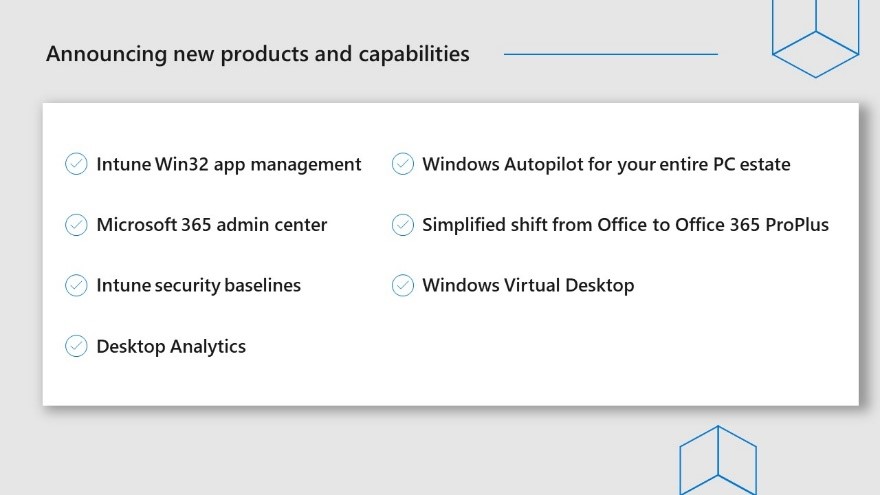
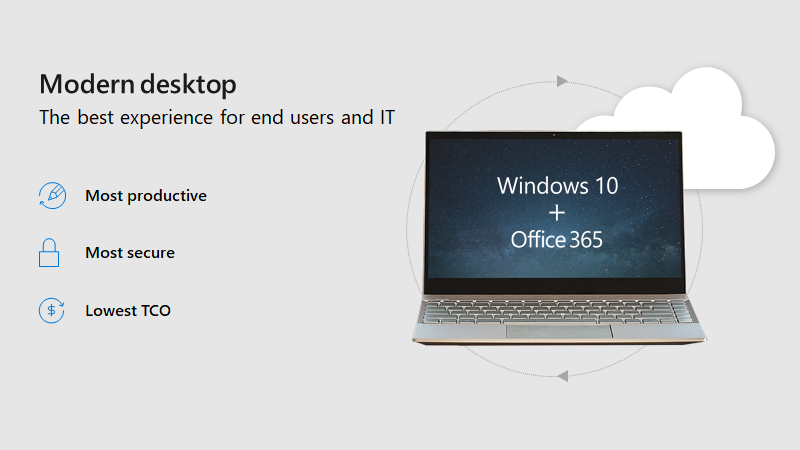
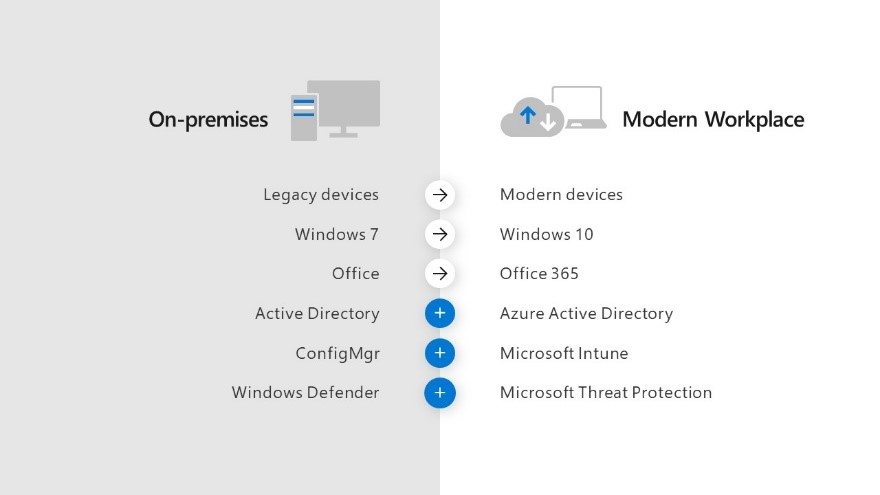
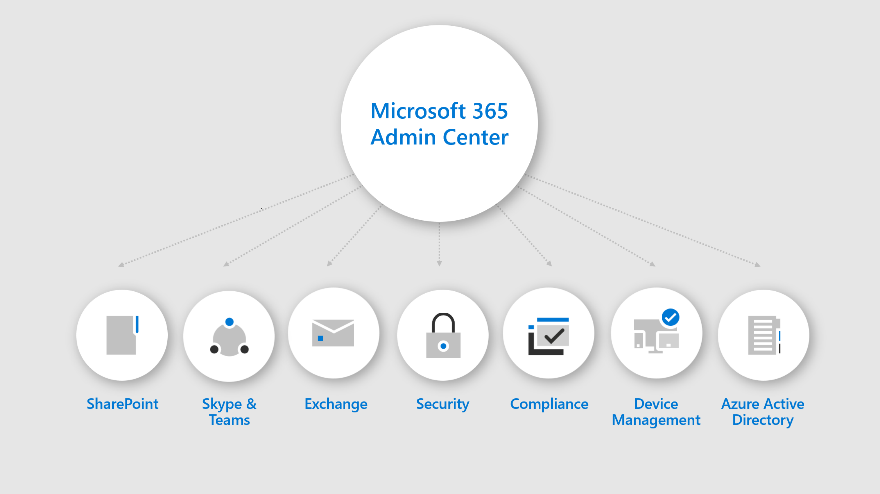
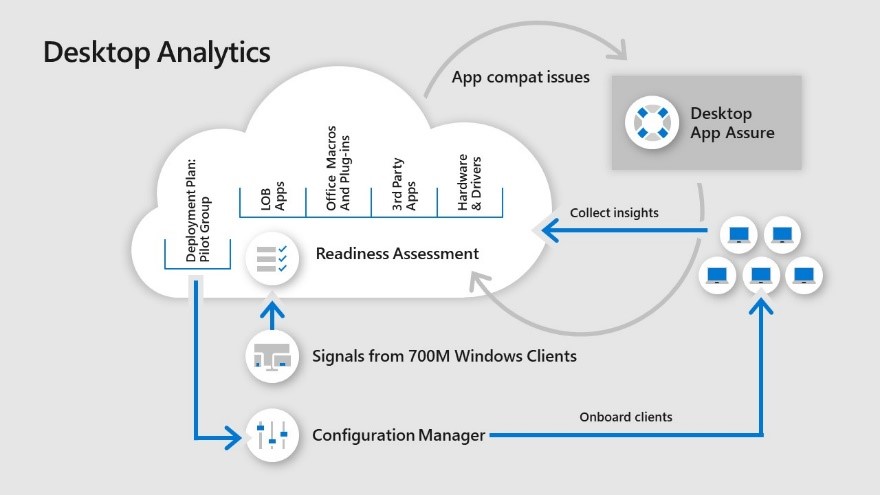
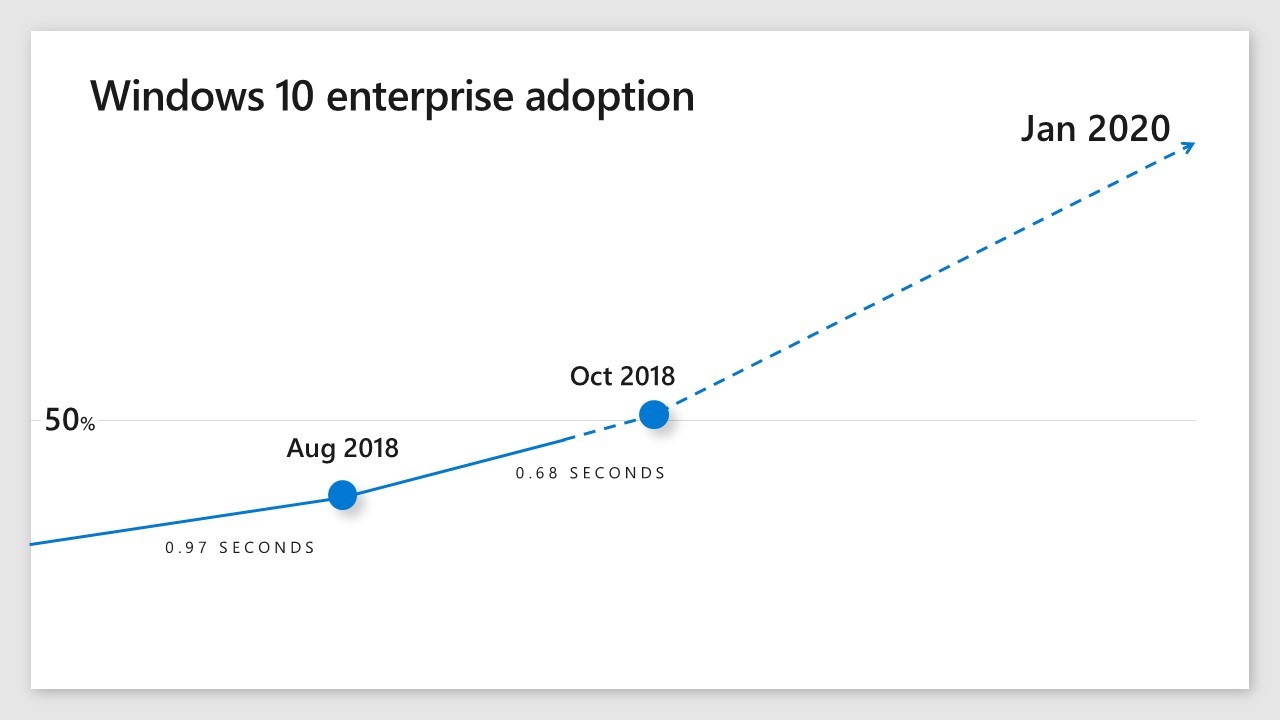
No comments:
Post a Comment